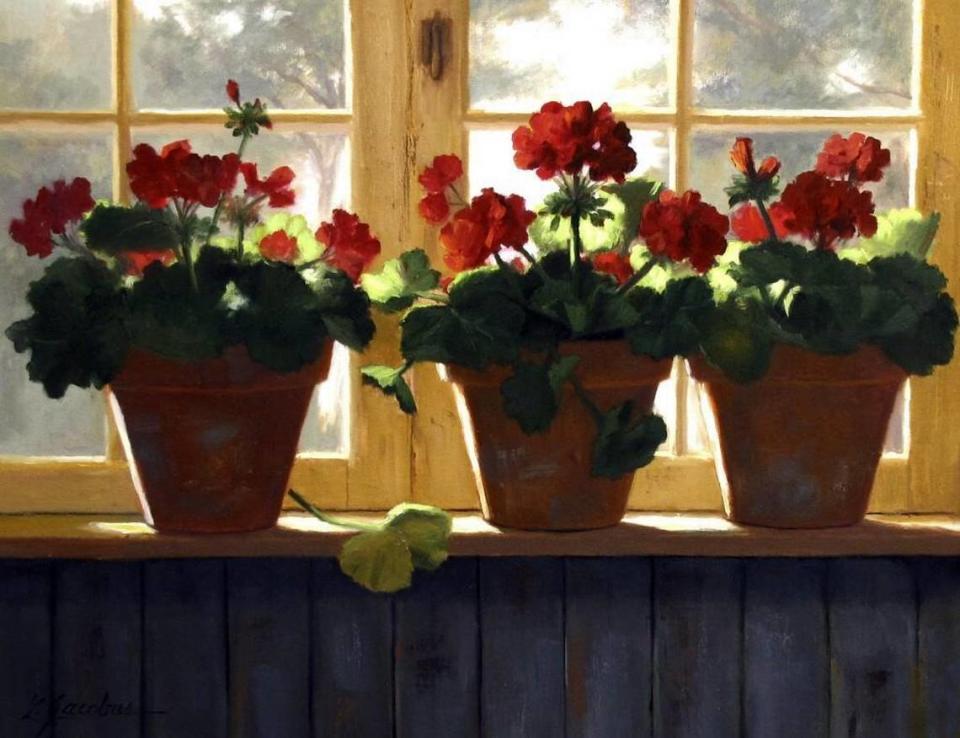Western WA gardeners must have patience, or be tolerant of failure if they plant too soon
The third week of April is not too late to prune back wild and crazy roses. Yes, you will be cutting off lovely new growth, and no, you do not have to prune your roses as letting them grow tall and wide will not harm them. The reason to prune roses is to shape and encourage more branching and more blooms.
Mid April is a busy time for weeding and seeding and adding perennials, trees and shrubs. Don’t forget to mow and edge the lawn this week. If you get behind in your weeding, a newly mown lawn might be the inspiration you need to whip the rest of the landscape into shape.
Q. When is the best time to add a mulch on top of the soil? I have trees and shrubs and want to put bark chips down to keep out weeds. — G.H., Enumclaw
A. Anytime is the right time to pull big weeds and smother small ones with a wood chip or bark dust mulch, but spring is when you’ll get the most bang for your truck of mulch.
You can add an extra layer of weed-blocking strength by placing cardboard or newspaper under the wood chips to smother young weeds. However, do not use newspaper or cardboard up close to the trunk of trees or shrubs or you will risk blocking the rainfall.
A thick mulch is perfect in the empty spaces between newly added landscape plants, but remember to check for moisture under the mulch, especially the first summer after you add a tree or shrub.
Q. I have pots on my patio that have soil but no flowers. When exactly can I plant geraniums in these pots? My neighbor planted her pots and the nursery told me it is still too early to plant annuals like geraniums. — P.P., Olympia
A. Do you like to play the slot machines? Gambling gardeners enjoy adding frost-tolerant plants like geraniums just to see if they can get a jump on the season. The month of April and even the first part of May can still be chilly enough to damage heat-loving annuals such as impatiens, begonias, marigolds and coleus, but some more cold-tolerant flowers such as geraniums, alyssum, pansies, bacopa and snapdragons might survive if planted in pots this week and moved to a protected location close to the house at night. It all depends on the weather.
The general rule of green thumb in Western Washington is to wait until mid May for most plants and hold off until June for the heat-loving coleus, basil, impatiens and marigolds.
Q. I heard you speak about adding color to a dark porch that never gets sun. Can you please repeat what plants do well in almost total shade? I think you recommended foliage, not flowers. — F.T., Bellevue
A. The princes of darkness for year-round color are the evergreen shrubs with broad and colorful leaves such as Fastia japonica “Spider Web” with pointed, lobed leaves and a white dusting of variegation, and Aucuba japonica “Gold Dust” with broad and shiny leaves dusted with gold. Both of these evergreen shrubs can stand alone in a large container by the front door, or while the shrub is young, add shade-tolerant annuals such as impatiens, begonia and lobelia.
Q. When can I plant cucumbers? Last year I planted too early and the plants turned yellow and died. — S., Email
A. Cucumbers do not like it cool. Wait until the night temperatures are consistently above 55 degrees — that may be as late as mid June, depending on where you live and the location of your garden. Raised beds warm sooner than the ground, and garden areas near cement, stone and brick stay warmer at night due to the heat mass stored in heat-absorbing solids.
Meet Marianne
Meet Marianne Binetti at 10 a.m. Saturday, April 22, at Molbak’s Garden + Home at 13625 NE 175th St., Woodinville, for a free talk on “Weed Wars: How to beat the weeds without chemical warfare.”
Marianne Binetti has a degree in horticulture from Washington State University and is the author of several books. Reach her at binettigarden.com.


